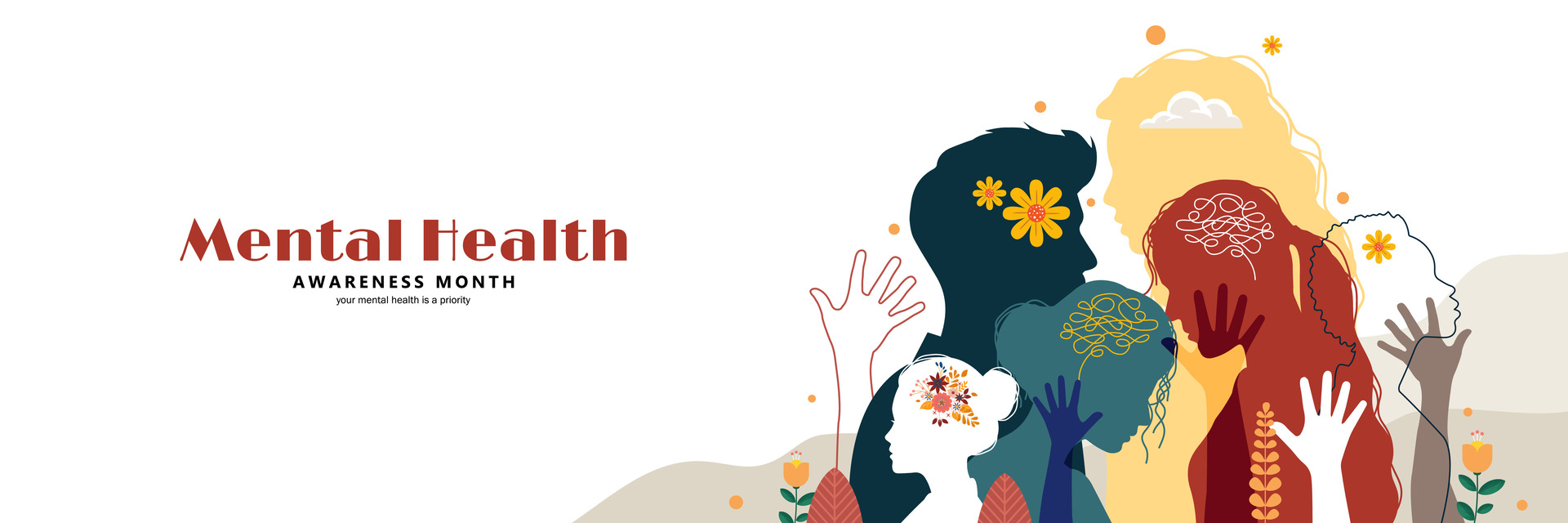
Journaling for Mental Health: The Healing Power of Reflection
By | May 20, 2025
4 min read
For the most mental health benefits, doctors suggest the usual well-balanced diet, regular exercise, ample sleep, and avoidance of drugs and alcohol. Additionally, journaling can be a powerful tool. While journaling is just one strategy for maintaining a healthy lifestyle in which you can better manage stress, anxiety, and overall mental well-being, it is certainly an important aspect. Specifically, journaling can help promote mindful acceptance through several psychological processes: emotional catharsis, increased cognitive processing, repeated exposure, and emotional inhibition.
There are strong links between writing and emotional health from several studies. By capturing our thoughts and emotions and putting them on paper, we can partake in a crucial part of the acceptance process. Research indicates a variety of different physical, cognitive, and emotional benefits such as:
- Lowered blood pressure,
- Improved lung and liver functioning,
- Shorter hospital stays,
- Better moods,
- Improved psychological well-being,
- Fewer depressive and avoidance symptoms,
- Reduced stress-related doctor visits,
- Less work absenteeism,
- Lower unemployment time length following job loss, and/or
- Higher student grade averages.
With these connections between journaling and improved mental health, this means that writing allows us to process our emotions, identify patterns, and create a sense of self-control. Writing can become a safe space for us to engage in a non-judgmental and intimate setting where we release our thoughts and feelings to better ourselves.
By organizing thoughts, ideas, or worries externally into a journal, we can declutter our minds. This may allow us to better problem solve because we can clarify challenges and embark upon creative solutions in our journals or our thoughts following writing. This kind of personal space gained through journaling enables writers to gain perspective from viewing situations objectively on paper. Further, it encourages writers to live in the moment by reflecting on specific experiences and emotions.
There are several types of journaling for mental health improvement. The most common forms are freewriting and gratitude journaling. By writing without a structure, we can release pent-up emotions and thoughts freely. Through gratitude journaling, writers can focus on positive moments to reframe perspectives and boost their happiness. Other common journaling types are reflective journaling, mood tracking, and prompt-based journaling. Through reflective journaling, writers can delve into past experiences to uncover insights and foster their emotional growth. By tracking moods, writers record their emotions and emotional triggers to identify specific patterns and manage their mental health more effectively that way. Finally, when using guided prompts, writers can explore themes like self-compassion or overcoming their fears. At the end of this blog, we have included some examples for readers and Timelapse users to try.
In order to start and maintain a journaling practice, writers may first need to overcome common obstacles and plan accordingly. Most importantly, this means setting realistic goals for oneself. For example, starting simply with a few minutes a day or only writing when feeling inspired rather than forcing emotions. Timelapse allows users to write their journal entries digitally, or for those who need to handwrite it first in physical notebooks, it can be transferred later into Timelapse with a snapshot of the paper or through a digital entry. Others may want to utilize voice-to-text options, whatever feels natural for the writer is their choice. By creating a routine, journaling may become part of a person’s daily life without them even realizing it. Journaling may be paired with morning coffees or even a bedtime ritual. However, it’s critical that we remain flexible and don’t pressure ourselves as there is no “right way” to journal and we must write for ourselves without fear of judgment and without worry about grammar or structure. Sometimes we may need prompts to break through our writer’s block. Finally, consistency for anything is a challenge, so we encourage writers to set reminders and always focus on the mental health benefits in order to stay motivated.
It is true that something as simple and as human as journaling can transform lives. It has helped people navigate life challenges like grief, anxiety, and major life transitions and it has fostered resilience and self-awareness for others.
Begin your journaling journey today with Timelapse by taking a small step and writing about your day or your emotions for five minutes. Your story and your reflections are valuable, no matter how small or messy they seem. Are you ready to unlock your wellness through journaling?
Journal templates and prompts to help you get started with Timelapse journaling:
- Gratitude journal template: https://positive.b-cdn.net/wp-content/uploads/Gratitude-Journal-1.pdf
- Self-esteem journal template: https://positive.b-cdn.net/wp-content/uploads/2020/09/Self-Esteem-Journal-For-Adults-Worksheet_v1.pdf
- Self-love journal template: https://positive.b-cdn.net/wp-content/uploads/Self-Love-Journal.pdf
- 501 writing prompts: https://drive.google.com/file/d/0B7jbUJL3UdHaMDE5OGRkZDktNjMwMy00M2QxLWE2NDgtMzRjNjRiYWZmY2Yx/view?resourcekey=0-6s2qbmjgliU-gFXKQSCQUg
Header image: arter design1 from vecteezy.com
